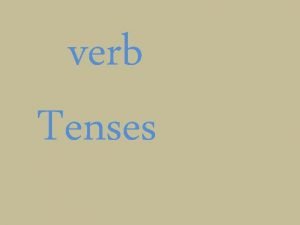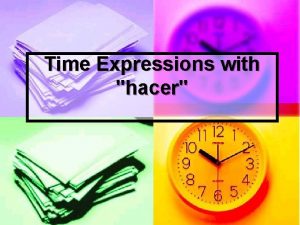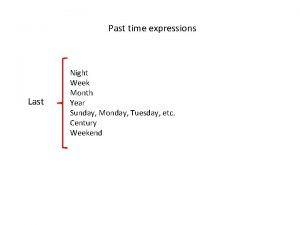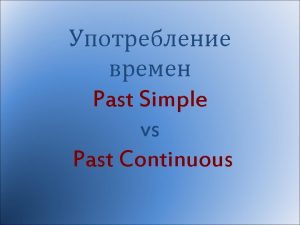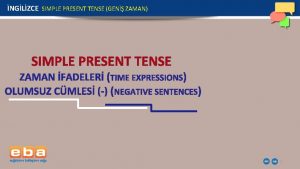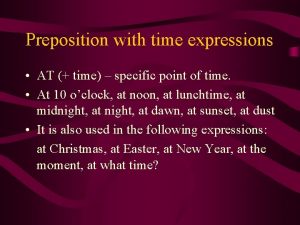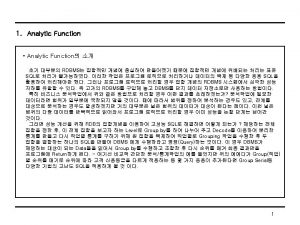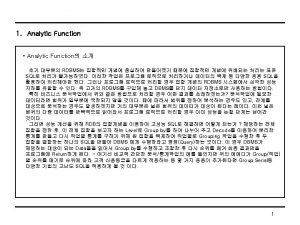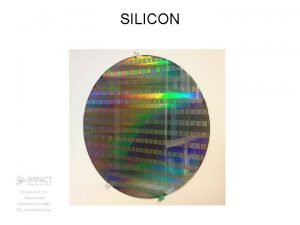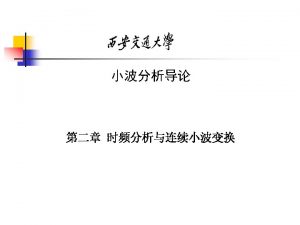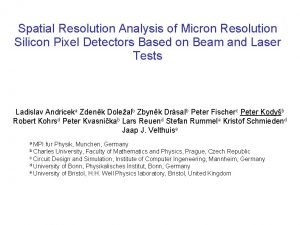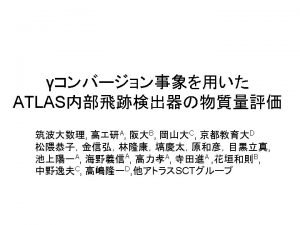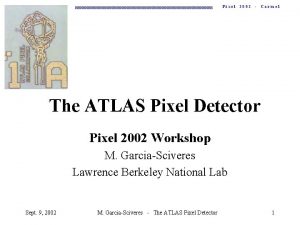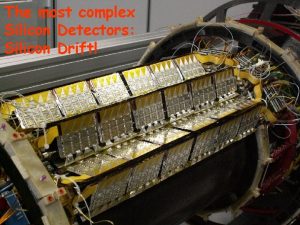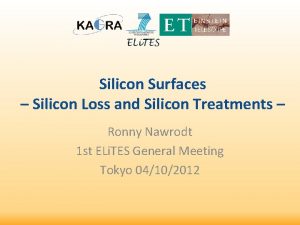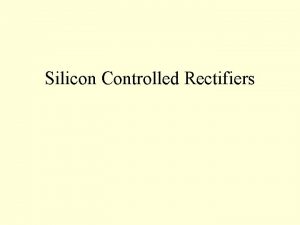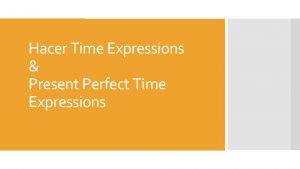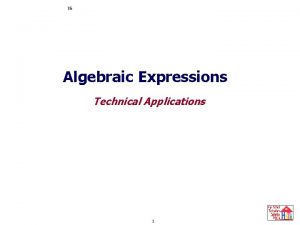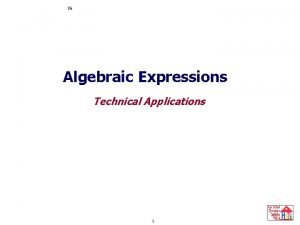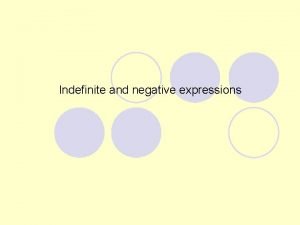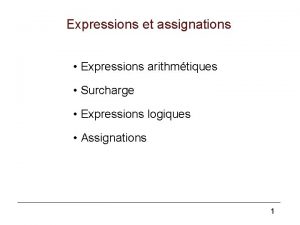Analytic expressions for time resolution of silicon pixel






































- Slides: 38

Analytic expressions for time resolution of silicon pixel sensors W. Riegler, G. Rinella Aglieri RD 50 collaboration meeting, Krakow, June 2017 Silicon sensors with high precision timing are used in present experiments, like the NA 62 Gigatracker, or planned to be used for the LHC Phase. II upgrade, like the LGAD development. Trackers with 10 um position and 10 ps time resolution are quoted as a long term goal for these developments. This report will discuss analytic expressions for the time resolution of silicon sensors, with focus on the key contributions to the time resolution, namely Landau fluctuations, noise and variations of the weighting field. The impact of amplifier bandwidth is discussed as well. Werner Riegler, CERN 1

Time resolution in Resistive Plate Chambers Werner Riegler, CERN 2

Time resolution in Resistive Plate Chambers Interested in understanding how the basic contributions to the time resolution differ between RPCs and silicon sensors Werner Riegler, CERN 3

Time resolution of silicon pixel sensors Werner Riegler, CERN 4

Energy deposit in silicon Werner Riegler, CERN 5

Cluster Size Distribution PAI model, ‘plasmon peak’ Werner Riegler, CERN 6

Energy deposit in silicon Werner Riegler, CERN 7

Timing of a detector signal, c. o. g. time Werner Riegler, CERN 8

Timing of a detector signal, c. o. g. time An amplifier with a peaking time larger than the duration of the detector signal measures the c. o. g. time of the detector signal. This does not mean that the c. o. g. time gives the best possible time resolution, but it allows the characterization of time resolution independently of the amplifier and might still be of practical importance … Werner Riegler, CERN 9

C. o. g. time of a silicon detector signal Werner Riegler, CERN 10

C. o. g. time of a silicon detector signal Werner Riegler, CERN 11

C. o. g. time of a silicon detector signal Werner Riegler, CERN 12

Driftvelocities of electrons and holes Werner Riegler, CERN 13

Standard deviation of the c. o. g. time Werner Riegler, CERN 14

Noise Werner Riegler, CERN 15

Noise Werner Riegler, CERN 16

Noise Werner Riegler, CERN 17

Noise Werner Riegler, CERN 18

Noise For 2 -3 samples within the peaking time, the contribution is similar to the cosntant fraction discrimination. Beyond that one can improve by about a factor 2 -3 for very high frequency smapling. Werner Riegler, CERN 19

Weighting field fluctuations Werner Riegler, CERN 20

Werner Riegler, CERN 21

Werner Riegler, CERN 22

Weighting field fluctuations for a square pixel In order to minimize the effect, the ‘fast’ electrons should move towards the pad while the ‘slow’ holes should move away from the pad. Werner Riegler, CERN 23

Combined weighting field and Landau fluctuations Werner Riegler, CERN 24

Combined weighting field and Landau fluctuations Werner Riegler, CERN 25

Combined weighting field and Landau fluctuations Werner Riegler, CERN 26

Leading edge discrimination Werner Riegler, CERN 27

Leading edge discrimination Werner Riegler, CERN 28

Leading edge discrimination Werner Riegler, CERN 29

Leading edge discrimination 200 um sensor Werner Riegler, CERN 30

Leading edge discrimination 50 um sensor E. g. for a 50 um sensor with tp=1 ns, a threshold at 20% of the most probable value and a noise value of 50 electrons one should manage to stay <20 ps time resolution. Werner Riegler, CERN 31

Sensors with internal gain, c. o. g. time resolution Werner Riegler, CERN 32

Sensors with internal gain, c. o. g. time resolution The c. o. g. time resolution of sensors with internal gain is significantly worse than the time resolution without gain. The ‘time distribution’ essentially becomes and arrival time distribution of electrons. When using internal gain one is tied to fast electronics in order to catch the first arriving electrons. Werner Riegler, CERN 33

Sensors with internal gain, weighting field effect on the c. o. g. time Werner Riegler, CERN 34

Sensors with internal gain, weighting field effect on the c. o. g. time Werner Riegler, CERN 35

Sensors with internal gain, weighting field effect on the c. o. g. time Werner Riegler, CERN 36

Sensors with internal gain, leading edge discrimination of a signal normalized to the total charge. There is no more correlation of the time to the total charge, only to the leading edge charge … Werner Riegler, CERN 37

Summary The c. o. g. time of a signal is measured by using an amplifier response time (peaking time) that is longer than the signal duration. It might represent an interesting way to measure timing with relatively ‘slow’ electronics – if noise allows. The ‘standard deviation’ of the center of gravity (c. o. g. ) time of a silicon sensor signal of 50/200 um thickness due to Landau fluctuations is 23/180 ps at 200 V, assuming large pads and negligible depletion voltage. To minimize the weighting field effect on the c. o. g. time resolution, the electrons should move towards the pad while the holes move away from the pad. For a 50 um sensor with 50 x 50 um pixels, the weighting field effect should still not destroy the time resolution. N. B. – the formulas hold for perpendicular tracks neglecting diffusion ! Using internal gain, one is tied to fast electronics and leading edge discrimination to catch the first arriving electrons. The slewing (from pulseheight variations) in sensors with gain is not related to the total charge but to the ‘leading edge charge’ i. e. constant fraction techniques using the leading edge. Werner Riegler, CERN 38
 High resolution low resolution
High resolution low resolution Elapsed time
Elapsed time Otrs ticketing system
Otrs ticketing system Choose the correct form of the verb to be
Choose the correct form of the verb to be Hace + time + que
Hace + time + que Tense forms in english
Tense forms in english Simple present tense always usually often
Simple present tense always usually often Difference between present perfect and present continuous
Difference between present perfect and present continuous Site:slidetodoc.com
Site:slidetodoc.com Past time expressions
Past time expressions Past simple e past continuous schema
Past simple e past continuous schema Present simple tense time expressions
Present simple tense time expressions Hacer time expressions
Hacer time expressions Prepositions with time expressions
Prepositions with time expressions Future simple
Future simple Rumus past continuous tense
Rumus past continuous tense Cocinar present perfect
Cocinar present perfect Signal words present perfect progressive
Signal words present perfect progressive Fill in each blank with a or an
Fill in each blank with a or an Present perfect climb
Present perfect climb Kontinuitetshantering
Kontinuitetshantering Novell typiska drag
Novell typiska drag Nationell inriktning för artificiell intelligens
Nationell inriktning för artificiell intelligens Returpilarna
Returpilarna Varför kallas perioden 1918-1939 för mellankrigstiden?
Varför kallas perioden 1918-1939 för mellankrigstiden? En lathund för arbete med kontinuitetshantering
En lathund för arbete med kontinuitetshantering Kassaregister ideell förening
Kassaregister ideell förening Personlig tidbok för yrkesförare
Personlig tidbok för yrkesförare A gastrica
A gastrica Densitet vatten
Densitet vatten Datorkunskap för nybörjare
Datorkunskap för nybörjare Boverket ka
Boverket ka Tes debattartikel
Tes debattartikel Delegerande ledarskap
Delegerande ledarskap Nyckelkompetenser för livslångt lärande
Nyckelkompetenser för livslångt lärande Påbyggnader för flakfordon
Påbyggnader för flakfordon Vätsketryck formel
Vätsketryck formel Offentlig förvaltning
Offentlig förvaltning Kyssande vind
Kyssande vind



